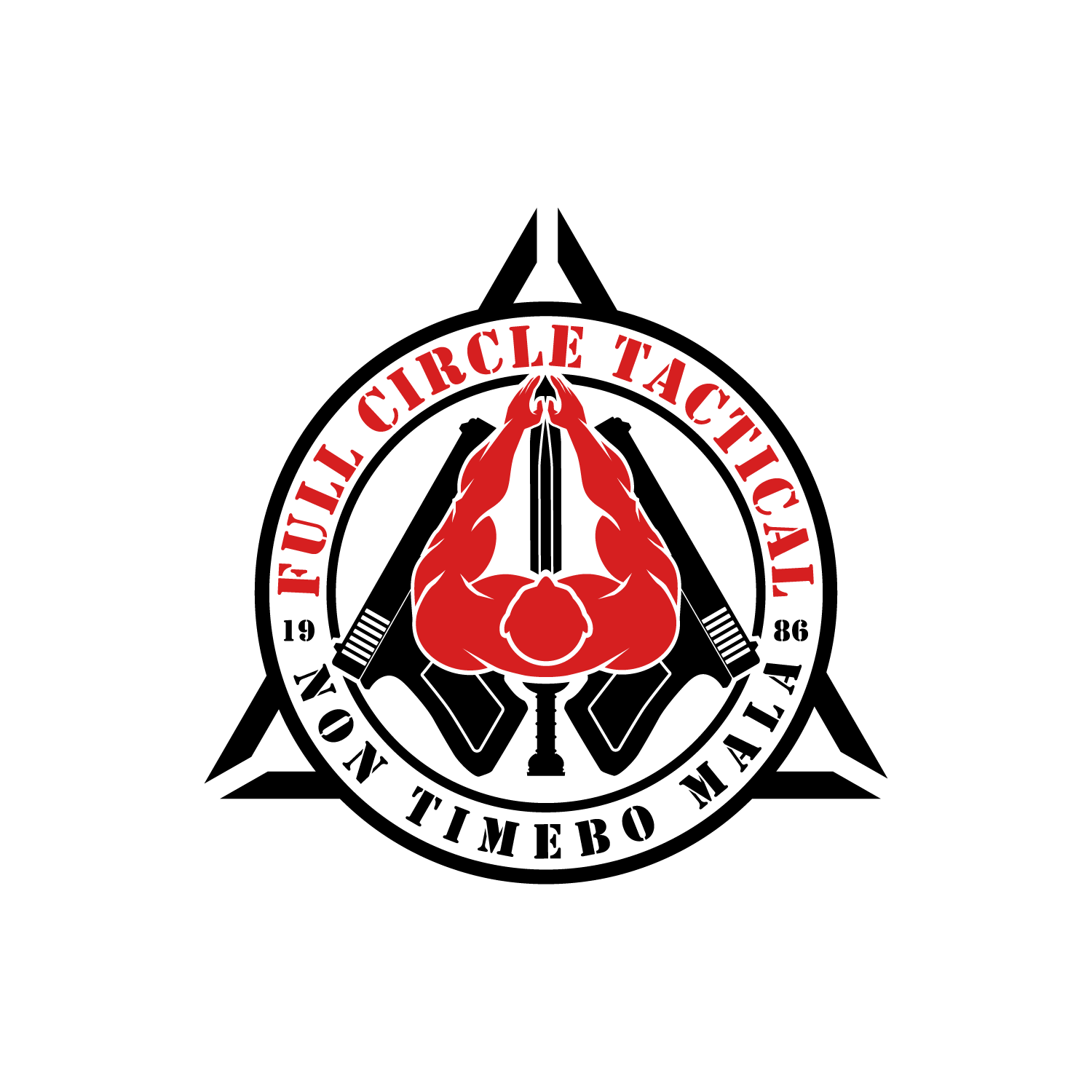Combat Situational Awareness, not a Panacea.
Combat Situational Awareness: A Tool, Not a Panacea
Combat situational awareness (CSA) is a critical skill. It refers to the ability to perceive, comprehend, and predict events in the combat environment. However, it is not a cure-all panacea. Even the most seasoned professionals can be ambushed, and the key to survival often lies in having robust mental models to deal with critical events during a surprise attack.
Understanding Combat Situational Awareness
CSA is a multi-dimensional concept that involves the perception of elements in the environment within a volume of time and space (Baseline) the comprehension of their meaning, and the projection of their status in the near future (Endsley, 1995). It is a dynamic, complex process that requires continuous updating of the operator's mental model of the environment.
However, CSA is not infallible. Even with high levels of situational awareness, professionals can still be caught off guard. A study by the U.S. Army Research Institute for the Behavioral and Social Sciences found that even experienced soldiers can be surprised in combat situations (Matthews, Pleban, Endsley, & Strater, 2000). The study concluded that while CSA can reduce the likelihood of surprise, it cannot eliminate it.
The Limitations of Combat Sitational Awareness
CSA is not a panacea for several reasons. First, it is dependent on the quality and quantity of information available. In a rapidly changing baseline, the information can be incomplete, ambiguous, or deceptive. Second, CSA is influenced by cognitive factors such as attention, memory, and decision-making abilities, which can be impaired under stress (Klein, Moon, & Hoffman, 2006). Third, CSA can be disrupted by environmental factors such as noise, darkness, and weather conditions, terrain, space and time.
The Role of Mental Models in Combat
While CSA is an essential tool, it is not sufficient on its own. The key to survival in a surprise attack often lies in having robust mental models to deal with critical events. Mental models are internal representations of the external world that guide perception, comprehension, and prediction (Johnson-Laird, 1983). They allow individuals to anticipate possible scenarios, evaluate options, and make decisions under pressure.
In a combat situation, mental models can help professionals respond effectively to an ambush. For example, a study by the U.S. Army Research Laboratory found that soldiers with more accurate mental models were better able to adapt to unexpected events and make quick, effective decisions (Cohen, Freeman, & Thompson, 1998).
However, mental models are not static. They need to be continuously updated based on new information and experiences and dynamic scenario Training programs that focus on developing and refining mental models can enhance CSA and improve performance in combat situations (Schraagen, Chipman, & Shalin, 2000).
Conclusion
In conclusion, while combat situational awareness is a critical skill, it is not a cure-all panacea. Even professionals with high levels of CSA can be ambushed. The key to survival often lies in having robust mental models to deal with critical events during a surprise attack. Therefore, training programs should focus not only on enhancing CSA but also on developing and refining mental models.
References
Cohen, M. S., Freeman, J. T., & Thompson, B. B. (1998). Critical thinking skills in tactical decision making: A model and a training strategy. In J. A. Cannon-Bowers & E. Salas (Eds.), Making decisions under stress: Implications for individual and team training (pp. 155-189). American Psychological Association.
Endsley, M. R. (1995). Toward a theory of situation awareness in dynamic systems. Human Factors, 37(1), 32-64.
Johnson-Laird, P. N. (1983). Mental models: Towards a cognitive science of language, inference, and consciousness. Harvard University Press.
Klein, G., Moon, B., & Hoffman, R. R. (2006). Making sense of sensemaking 2: A macrocognitive model. IEEE Intelligent Systems, 21(5), 88-92.
Matthews, M. D., Pleban, R. J., Endsley, M. R., & Strater, L. G. (2000). Measures of infantry situation awareness for a virtual MOUT environment. In Proceedings of the Human Performance, Situation Awareness and Automation Conference.
Schraagen, J. M., Chipman, S. F., & Shalin, V. L. (2000). Cognitive task analysis. Lawrence Erlbaum Associates.
By Joshua Barbosa
Full Circle Tactical Chief Instructor/Founder
